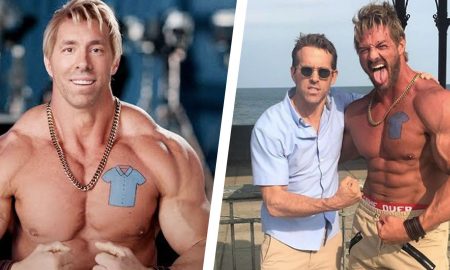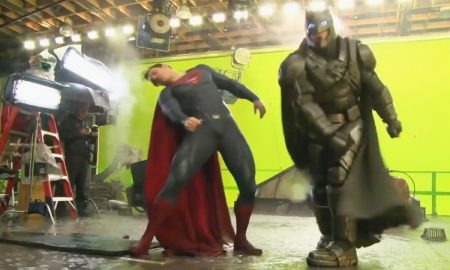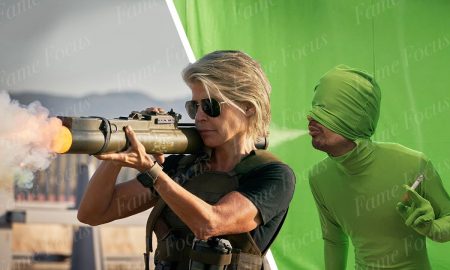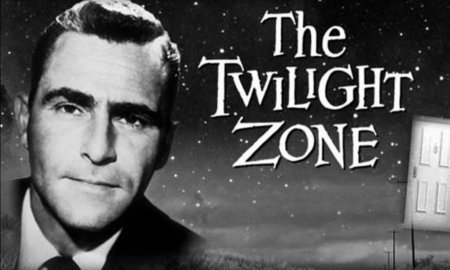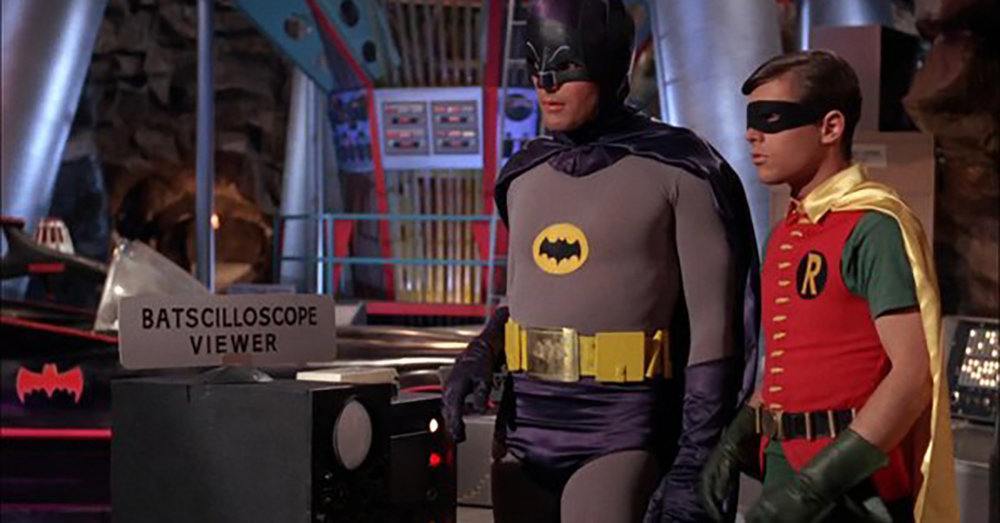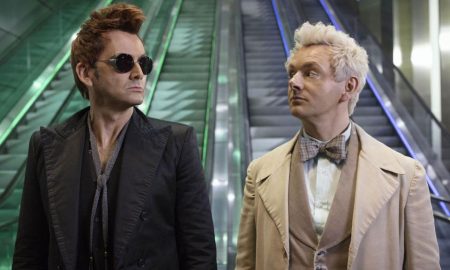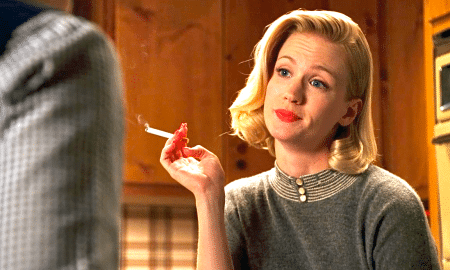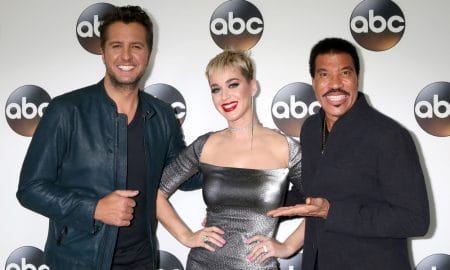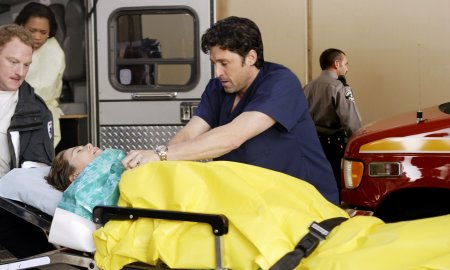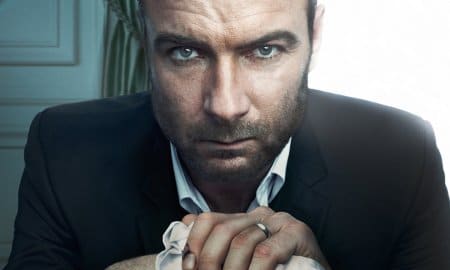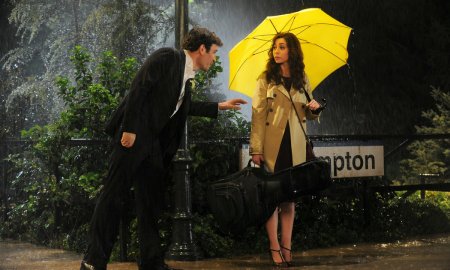Chalk this one up to the productivity of 1960s productivity. Though it only ran for three seasons, 1966 to 1968’s Batman actually produced 120 episodes, putting out more than enough material to make an incredible impact on the generation of children (and more than one adult) who tuned into the series for its bi-weekly and then weekly airings. Those 120 episodes were used in syndication for decades following, endearing new generations of kids to Adam West and the joy of good camp. Though it might not be the most airtight show ever put on the air, Batman has Bam! Pow! Wap! knocked its way into television history. Here are some things you probably didn’t know about TV’s Batman.
1. The Almost CBS ‘Batman’
In the early 1960s, CBS was looking to add to the stable of kiddie heroes it had begun with The Lone Ranger and Superman. They optioned the rights to the popular Batman comic strip and intended to craft something a little more somber (and definitely not starring Adam West). When negotiations stalled, however, ABC executive Yale Udoff pitched an idea for a primetime adventure series that would emulate another series popular at the time: The Man From UNCLE.
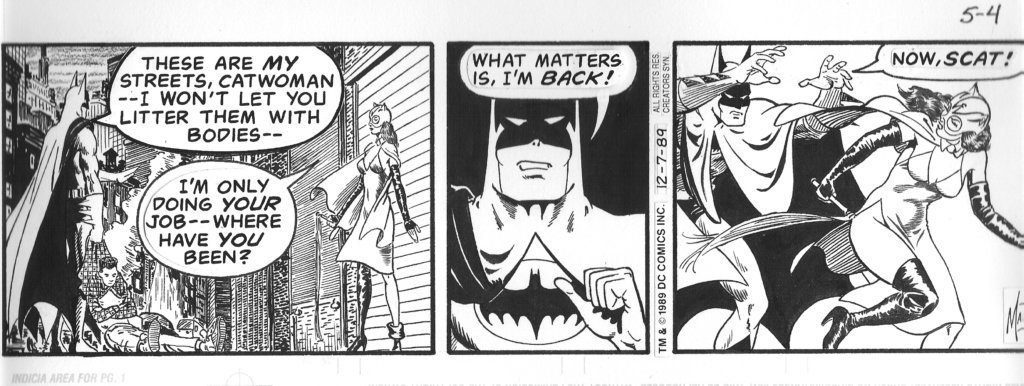
2. The Batman N00b
So when ABC got the rights to the series, they gave the rights to 20th Century Fox, who gave production to a fellow named William Dozier. Dozier had somehow managed to get nearly all the way through his entire life up to that point without ever having read a Batman comic. So, when he started doing research for the series, he decided that comics’ most stoic vigilante should be done as a camp comedy.
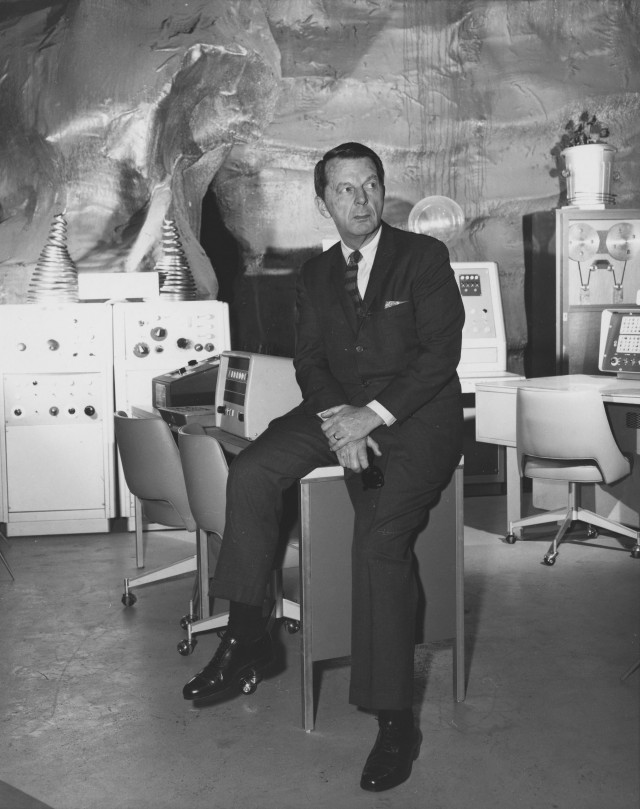
3. Casting of Batman and Robin
After an extensive casting session, the roles of the two superheroes came down to a choice between Adam West and Burt Ward or Lyle Waggoner — the actor who went on to star as Steve Trevor in Wonder Woman — and Peter Deyell. Fortunately for the former duo, producers liked their take better and West and Ward won the job.
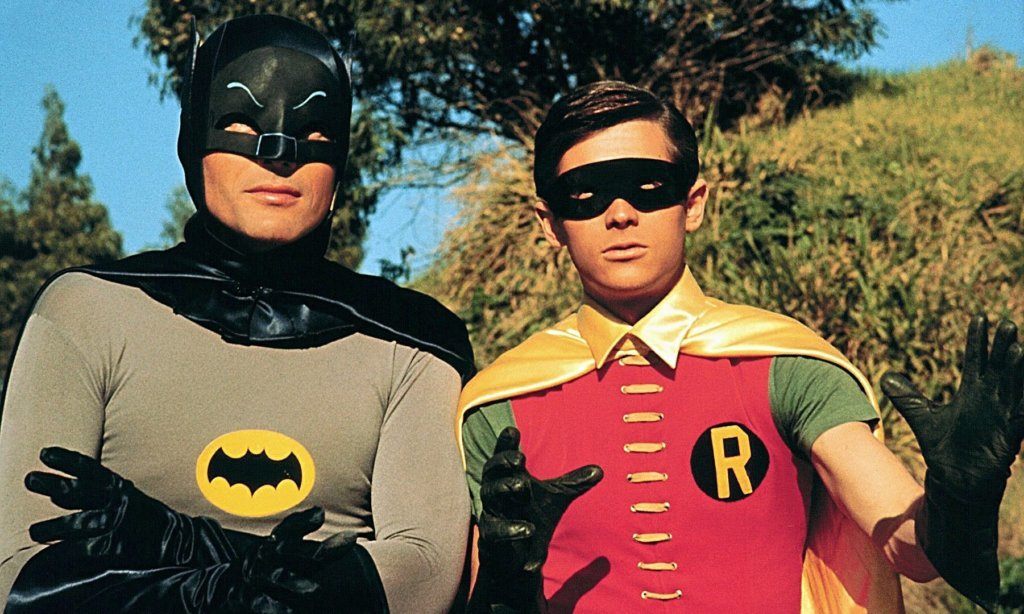
4. Adam West Landed Batman Because of a Nestlé Quik commercial
Adam West was an up-and-coming actor throughout the fifties and sixties before being cast as the man in the cape and cowl. However, what won West the role was his performance as a James Bond rip-off in a Nestlé Quik commercial that producer William Dozier enjoyed. Though he was up against some stiff competition, West’s perfect deadpan delivery won him the spot.
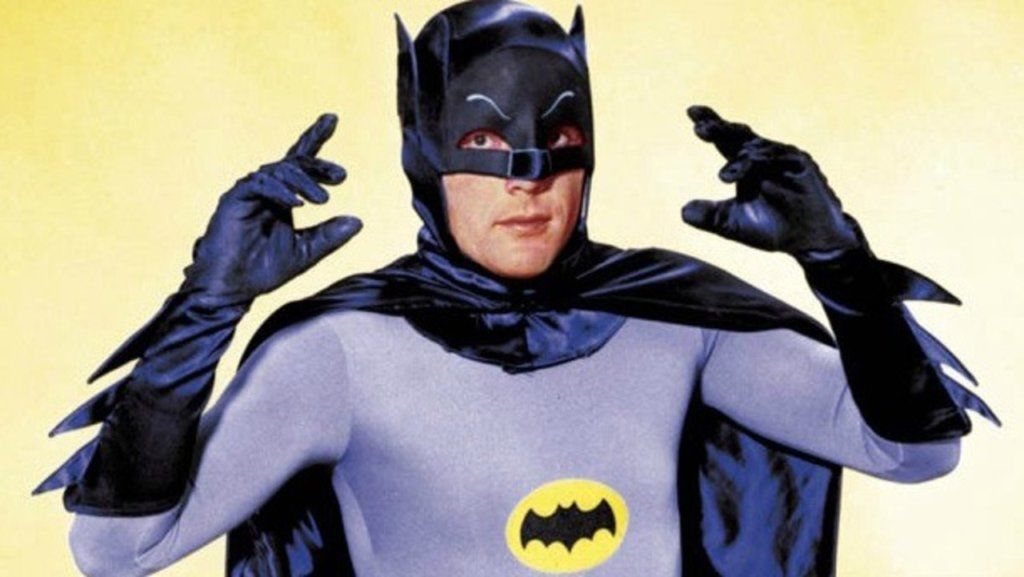
5. Burt Gervis Ward as the Boy Wonder
Born Bert John Gervis, Jr., Burt Ward was actually an acting newcomer when — at the tender age of 19 — he auditioned for the role of Robin. He was propelled into the role by his boyhood love of comics. When he won the role, he elected to use the stage name of Ward (his mother’s maiden name), believing Gervis would be too difficult for people to pronounce.
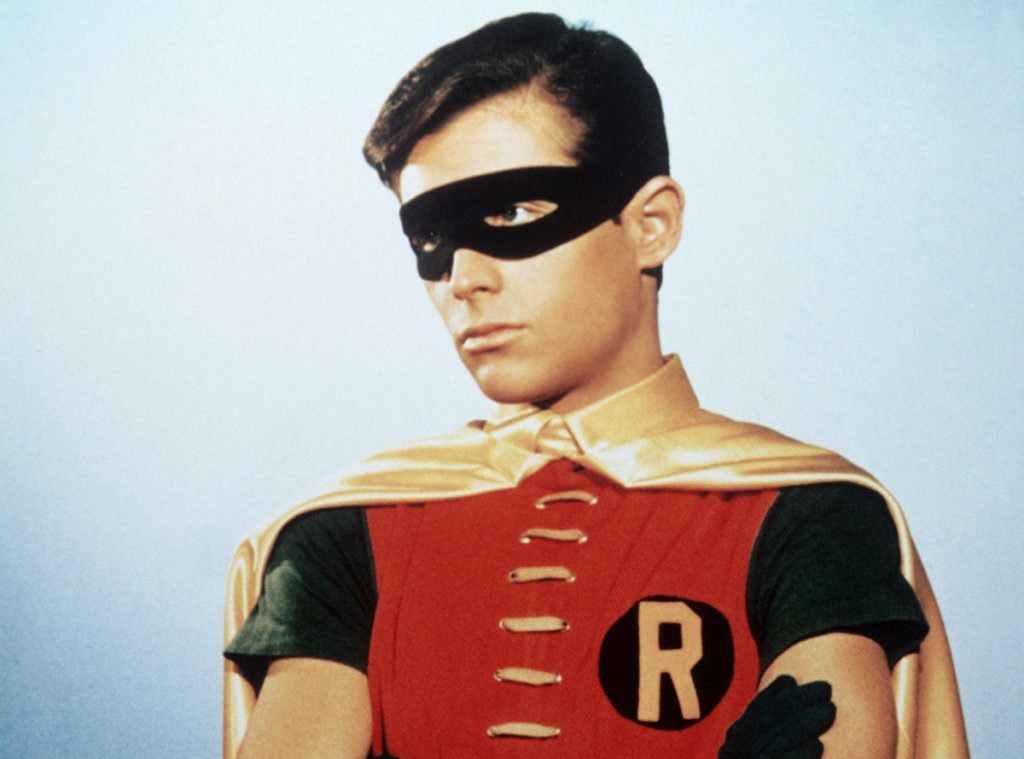
6. Why Use a Stunt Double?
Unlike Adam West, Burt Ward (being a relative nobody) was actually asked to do a lot of his own stunts. He was told this was due to the fact the his costume was more revealing of his face than Batman’s, which necessitated he put himself to the hazard. Of course, Ward later found out that not only was he paid the minimum acting wage allowed, but he was considered a cheaper option than using a stunt double.
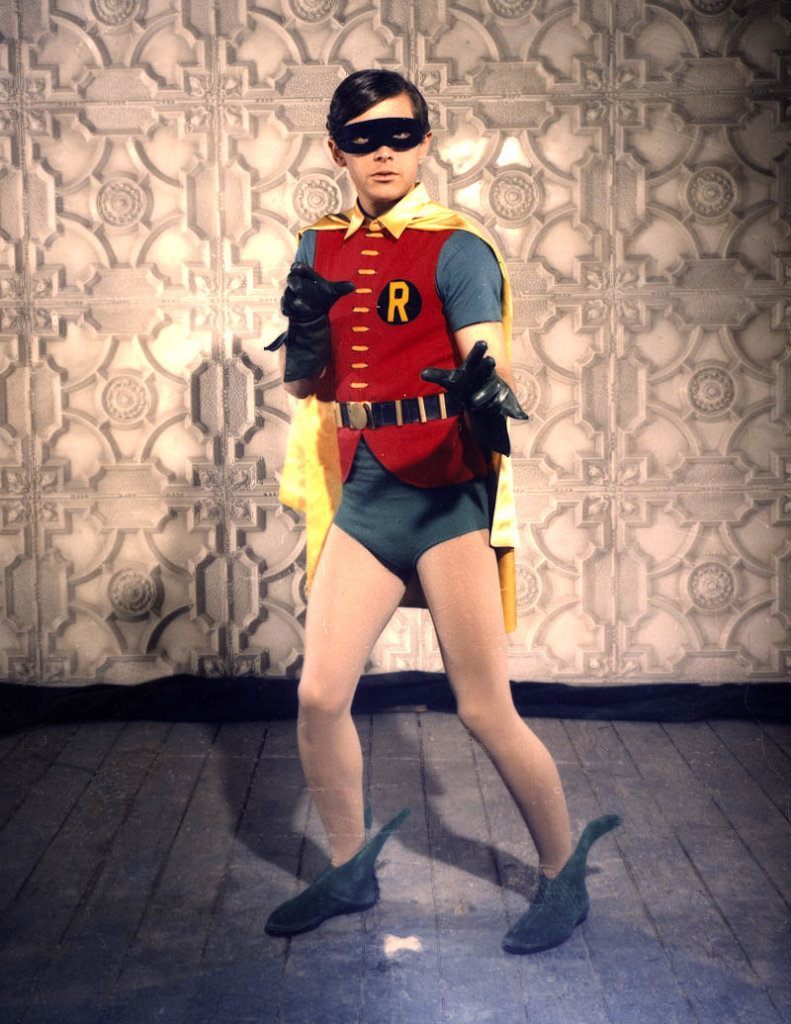
7. Batman’s Head Writer Started with Short Stories
The man hired as Batman’s head writer was Lorenzo Semple Jr., a writer who’d started by contributing short stories to The Saturday Evening Post. During his time working on Batman, he directed the camp comedy feel of the show and wrote a lot of the first season as well as the feature film that came out after the first season. Afterwards, Semple put his stamp on a ton of Hollywood classics including Paillon, The Parallax View, and Three Days of the Condor.
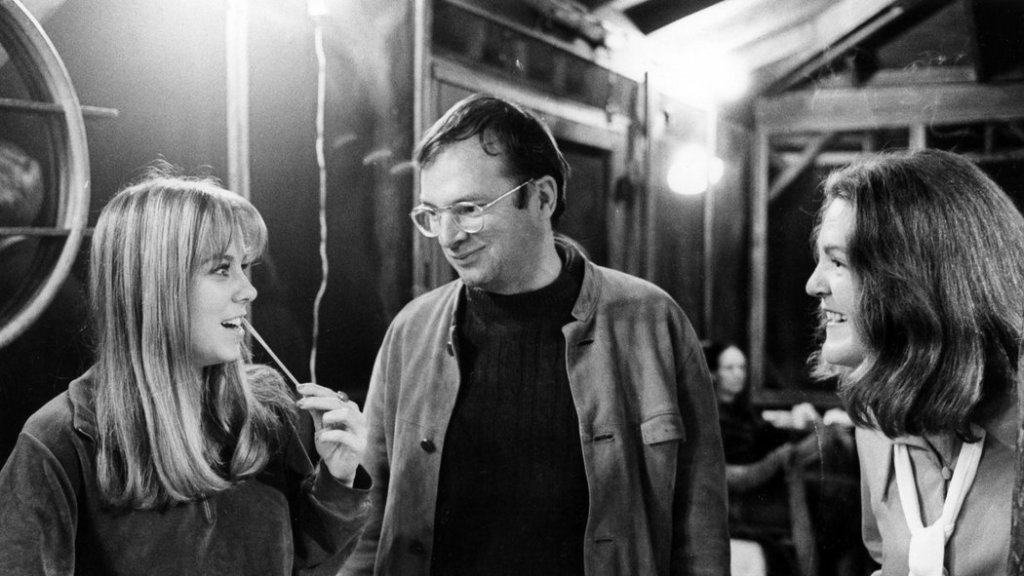
8. Why the Time-Split?
Batman was originally crafted as an entire hour of television to be aired consecutively. However, when it came time to put the show on the schedule, ABC discovered that it only had two separated half-hour slots available. So, the decision was made to split the show up into two half-hour segments to air in both time slots. The experiment worked, essentially establishing a cliffhanger at the beginning of the week that resolved itself during the second half of the week.
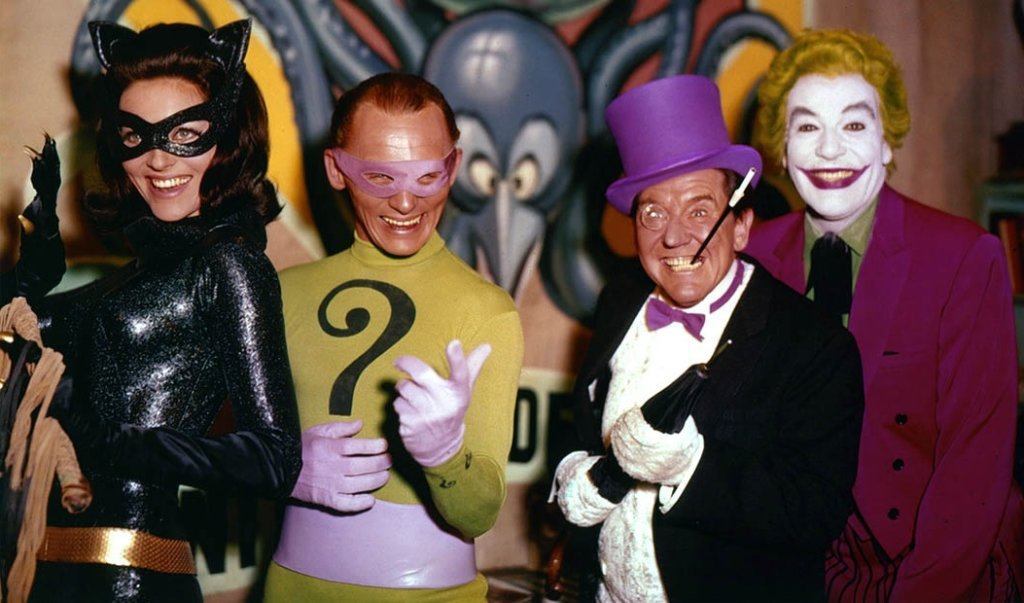
9. ‘Batman: the Movie’ Didn’t Tank Like They’d Expected
In 1966, 20th Century Fox somewhat reluctantly greenlit a feature film version based on Dozier’s TV show. Dozier’s plan was to generate interest in the show by putting some content in a place that would garner more attention. Batman’s first movie appearance, Batman: the Movie was a critically praised comedy that performed moderately well at the box office.
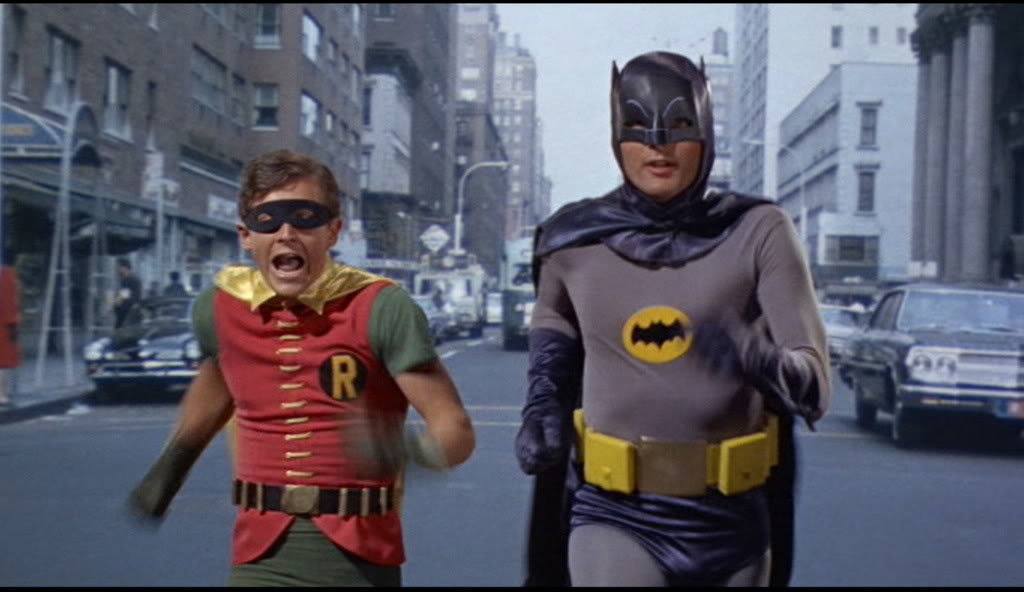
10. No One’s Come Close to Newmar’s Portrayal of Catwoman
Throughout the first two seasons of the show, actress Julie Newmar (a Tony award winning actress) portrayed the semi-villainous Catwoman, a Batman comics staple. Though she didn’t appear in the movie — that honor went to Lee Meriwether — she made the role her own, to the extent that, unlike any other cast member on the show, her performance as Catwoman has stood as the best to date. Both Michelle Pfeiffer and Anne Hathaway’s renditions were held in close comparison to Newmar’s iconic performance.
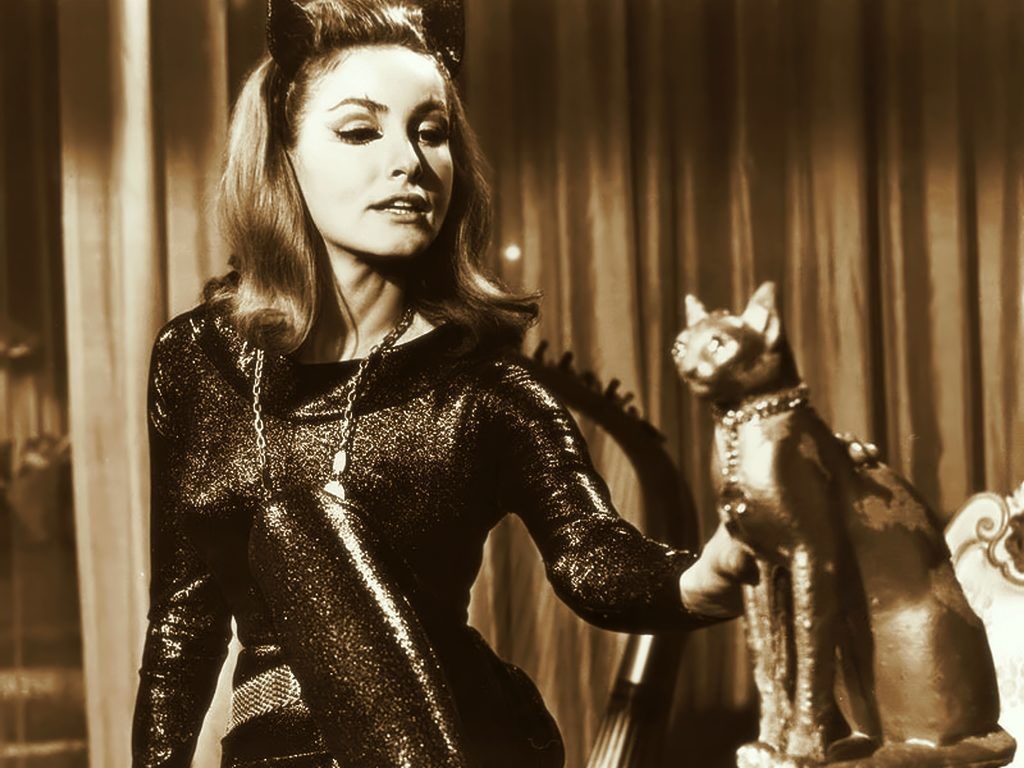
11. But Eartha Kitt Was Pretty ‘Purrrfect’
Okay, so Julie Newmar was off doing some movie you’ve never heard of for season three of Batman, so she had to be replaced. So, producers made the splendid decision of casting Eartha Kitt, a woman that Orson Welles once called, “the most exciting woman in the world”. On Batman, the songstress and Broadway fixture broke into the mainstream as audiences happily lapped up her own purrrfect version of Selina Kyle.
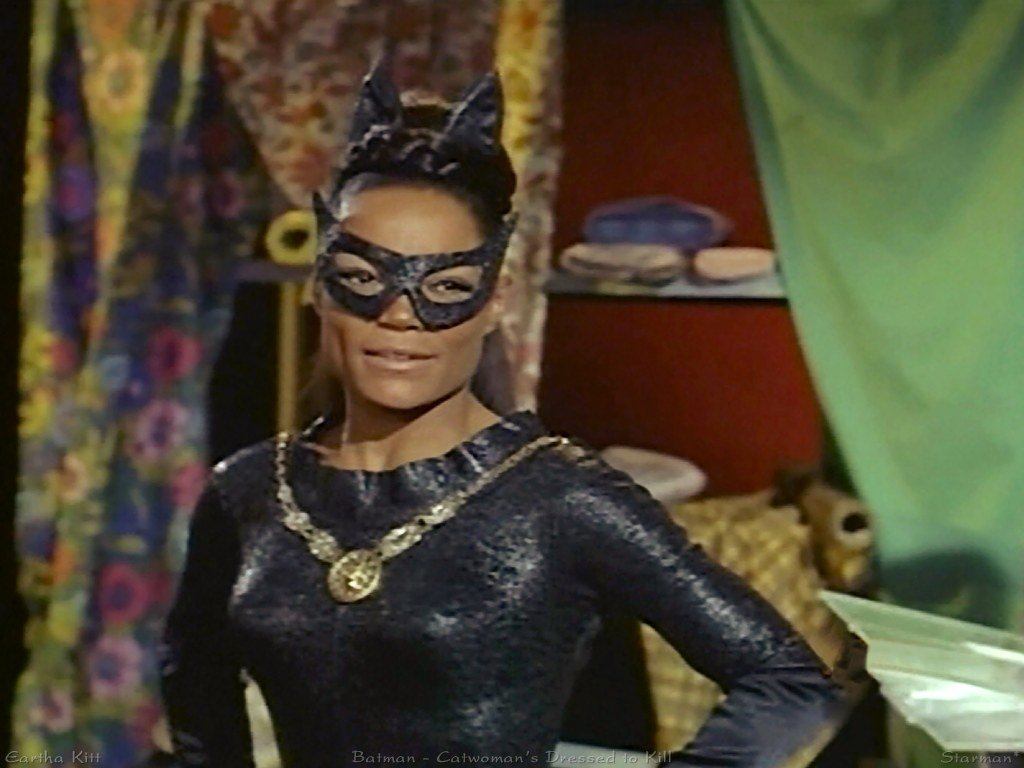
12. Where Does He Get Those Cool Toys?
Thanks to the inflated budget of the feature film, Dozier was able to commission the construction of the Batboat and the Batcopter. In fact, the firm that built the Batboat was paid only with the honor of having the film screened in their hometown. Thanks to this, the TV show was able to incorporate both vehicles into seasons two and three.
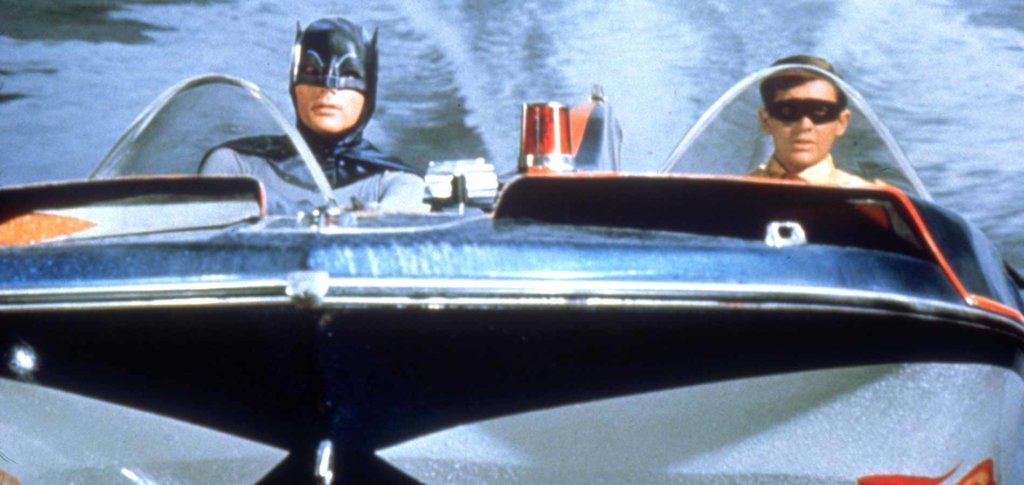
13. Batgirl Spelled the Beginning of the End
You know a franchise is in trouble when they introduce Batgirl. In season 3, with ratings falling, actress Yvonne Craig was added to the cast as Batgirl, though not without a fight. In order to convince execs to okay the addition, producers had to shoot a short film starring Craig as Batgirl in a fight with Killer Moth.
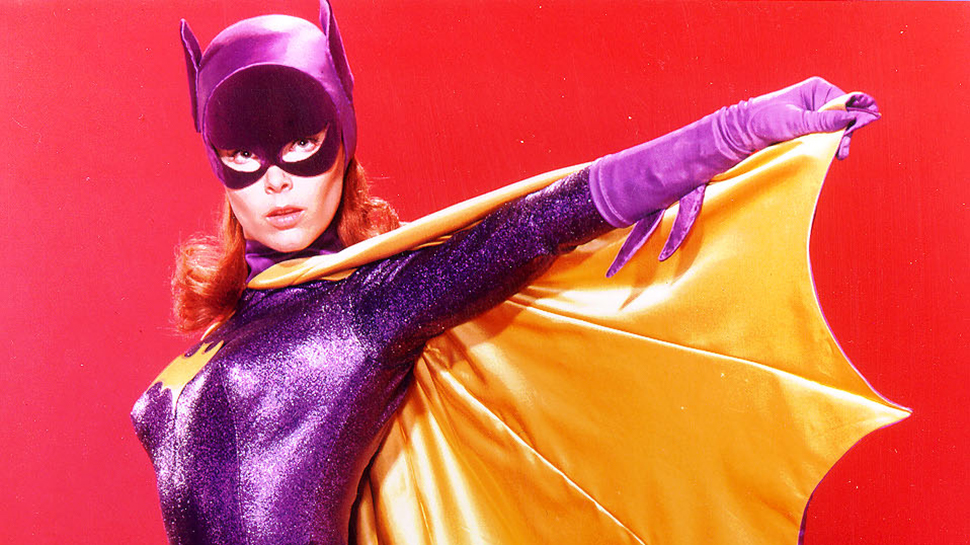
14. If It Ain’t Broke …
The series was actually so methodical and formulaic in its presentation that literally every episode can be broken down as follows: introduction in which Batman and Robin are called away, exposition inside the Commissioner’s office, the investigation into the case, capture, escape, fist fight, victory, lesson. It may be extremely predictable, but there’s something admittedly comforting about the repetition. It’s like Law and Order, but for kids.

More in TV
-
Christian Group Attempts to Ban a Show They Haven’t Seen
20,000 people have signed Return to Order’s (a Christian Group) petition asking Netflix to cancel Amazon Prime Video’s new limited series...
June 20, 2019 -
10 TV Characters Who Almost Ruined A Hit TV Show
It’s no secret that most TV shows have to keep bringing in fresh blood if they want to keep fans interested....
May 4, 2018 -
All 14 American Idol Judges, RANKED
Now that American Idol is back on the small screen, Season 16 of the singing competition has us reminiscing about the...
April 13, 2018 -
15 Biggest Mistakes In Popular TV Shows
Some of our favorite TV shows from the past and present have the ability to keep us on the edge of...
January 30, 2018 -
11 Reasons You Should Start Watching ‘Ray Donovan’
With five seasons in the books and a sixth season slated for production in 2018, Showtime’s Ray Donovan has quickly become...
November 27, 2017 -
10 TV Characters We Never Got to Fully Know
These characters were an important part of their respective shows, but a huge part of them still remains a mystery. In...
November 22, 2017

